This article is taken from PN Review 15, Volume 7 Number 1, September - October 1980.
Adrian Stokes and Recent American Painting
How much can be seen in a blank, stretched canvas? Three men stand in front of one. The first describes it as 'an arena in which to act', a place where 'the painter thinks by charging a surface with paint'. The second thinks it 'already exists as a picture' because it acknowledges the norms of painting, 'flatness and the delimitation of flatness'. The third finds 'a pre-existent minimal structure', one that absorbs the viewer because it represents the idea of sleep and the infant's view of the flattened maternal breast. (CWS, III, p. 217, pp. 159-60).
Unlike Harold Rosenberg and Clement Greenberg, Stokes didn't write much about abstract expressionism. But linking Stokes's writings to theirs is a good way to learn something about the theory of art.
Rosenberg's essays were the occasion of 'fiery disputes . . . about the relations between process and product in . . . painting'. Rosenberg emphasized process in ways a Stokesian may at first find suggestive: 'the fragmentary art of . . . action painting engages itself within the fragmentary inner world of contemporary man and the fragmentary outer world . . .' But that he can imagine painters approaching canvas without prior ideas shows that Rosenberg's concept of action is undeveloped. Where Stokes's modelling/carving distinction allows elaborate description of the artist's mental processes, for Rosenberg action seems to be only a gesture. Wollheim's argument that psychology shows why artworks are valuable is pertinent here. Isolating actions from a ...
The page you have requested is restricted to subscribers only. Please enter your username and password and click on 'Continue':
If you have forgotten your username and password, please enter the email address you used when you joined. Your login details will then be emailed to the address specified.
If you are not a subscriber and would like to enjoy the 292 issues containing over 11,700 poems, articles, reports, interviews and reviews,
why not subscribe to the website today?
